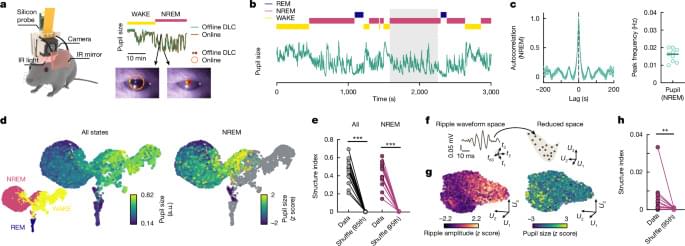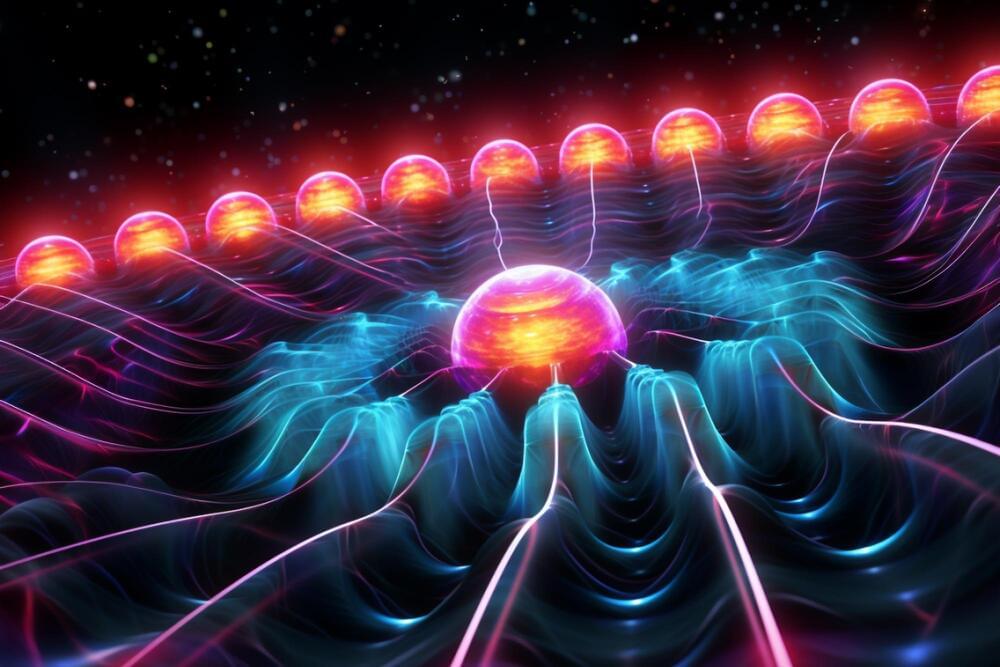Black holes are objects of mystery and dread from which nothing can escape… but could they also be the foundations of future civilizations of unimaginable might and size.
Watch my exclusive video Topopolis: The Eternal River: https://nebula.tv/videos/isaacarthur–…
Get Nebula using my link for 40% off an annual subscription: https://go.nebula.tv/isaacarthur.
Join this channel to get access to perks:
/ @isaacarthursfia.
Visit our Website: http://www.isaacarthur.net.
Join Nebula: https://go.nebula.tv/isaacarthur.
Support us on Patreon: / isaacarthur.
Support us on Subscribestar: https://www.subscribestar.com/isaac-a…
Facebook Group: / 1583992725237264
Reddit: / isaacarthur.
Twitter: / isaac_a_arthur on Twitter and RT our future content.
SFIA Discord Server: / discord.
Credits:
Quasar Cannons \& Black Hole Tech.
Episode 434; February 15, 2024
Produced, Written \& Narrated by: Isaac Arthur.
Graphics:
Bryan Versteeg.
Fishy Tree.
Jakub Grygier.
Jeremy Jozwik.
Ken York.
Luca De Rosa.
Sergio Botero.
SpaceResourcesCGI
Music Courtesy of:






